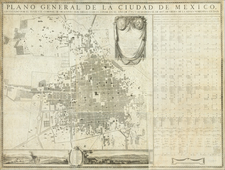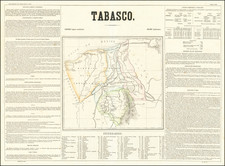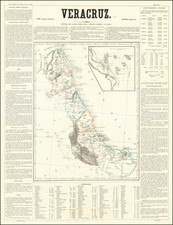An exceptionally attractive example of Braun & Hogenberg's views of Mexico City and Cusco, among the earliest printed views of any American city.
These views were the only two American views in Braun & Hogenberg's Civitates Orbis Terrarum, the most influential book of town views from the 16th century.
Georg Braun wrote the following commentary on Mexico City, translated here:
Mexico, or Tenochtitlan, is a rich and important city in New Spain in the Mexican provinces, lying in a saltwater lake. There are many heathen temples here, which their priests live in; the most important amongst them is a temple whose quite incredible magnificence is described in detail by Hernan Cortés. They make their heathen images out of flour and human blood, and every day sacrifice a large number of human hearts to them, which they cut out of the living bodies. A magnificent palace belonging to the most powerful lord, Moctezuma, also stands here.
A translation of his commentary on Cusco follows:
The capital of Peru in the south of the New world is Cusco, a city so large, powerful and beautiful that it can easily rank alongside the most important cities in Spain and France [...] The streets are generally very straight with numerous crossroads and a stream flows down most streets. The city is particularly embellished by a wonderful palace that lies on a steep hill and has no compare in Europe.
Georg Braun (1541-1622) was born and died in Cologne. His primary vocation was as Catholic cleric; he spent thirty-seven years as canon and dean at the church St. Maria ad Gradus, in Cologne. Braun was the chief editor of the Civitates orbis terrarum, the greatest book of town views ever published. His job entailed hiring artists, acquiring source material for the maps and views, and writing the text. In this role, he was assisted by Abraham Ortelius. Braun lived into his 80s, and he was the only member of the original team to witness the publication of the sixth volume in 1617.
Frans Hogenberg (ca. 1540-ca. 1590) was a Flemish and German engraver and mapmaker who also painted. He was born in Mechelen, south of Antwerp, the son of wood engraver and etcher Nicolas Hogenberg. Together with his father, brother (Remigius), uncle, and cousins, Frans was one member of a prominent artistic family in the Netherlands.
During the 1550s, Frans worked in Antwerp with the famous mapmaker Abraham Ortelius. There, he engraved the maps for Ortelius’ groundbreaking first atlas, published in Antwerp in 1570, along with Johannes van Deotecum and Ambrosius and Ferdinand Arsenius. It is suspected he engraved the title page as well. Later, Ortelius supported Hogenberg with information for a different project, the Civitates orbis terrarium (edited by Georg Braun, engraved by Hogenberg, published in six volumes, Cologne, 1572-1617). Hogenberg engraved the majority of the work’s 546 prospects and views.
It is possible that Frans spent some time in England while fleeing from religious persecution, but he was living and working in Cologne by 1580. That is the city where he died around 1590. In addition to his maps, he is known for his historical allegories and portraits. His brother, Remigius, also went on to some fame as an engraver, and he died around the same time as his brother.

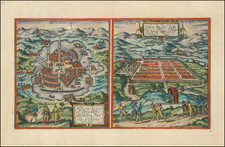








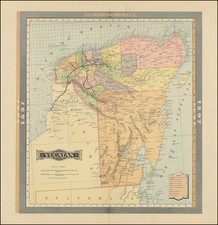
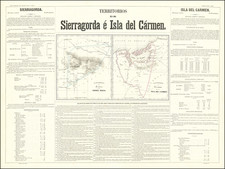
![(Mexican-Aztec Paintings) [Original watercolor of 4 Aztec Deities:] Tlaloque, God of water; Mayaguil, Goddess of Abundance on Agave Mexicana or Aloe; Xiuatlatl; Tezcatlipoca, Devil.](https://storage.googleapis.com/raremaps/img/small/103010.jpg)
